Aquaponics Monitoring
An introduction to monitoring with Raspberry Pi, Atlas Scientific, and Cacti.CanaKit Raspberry Pi
This is a very versatile kit.
The current OS is Linux raspberrypi 5.10.17. This is a version of Linux that runs on the armv7l CPU. Not as powerful as your laptop, but still far more power than what went to the moon.
I went with this model as I want lots of space for expansion, with 8 GB of Ram, and a 64 GB Micro SD Card. We are running Teamviewer so I can remote in from anywhere in the world, Cacti for the graphing, and Apache for the website.



Using Raspberry Pi, full documentation here.
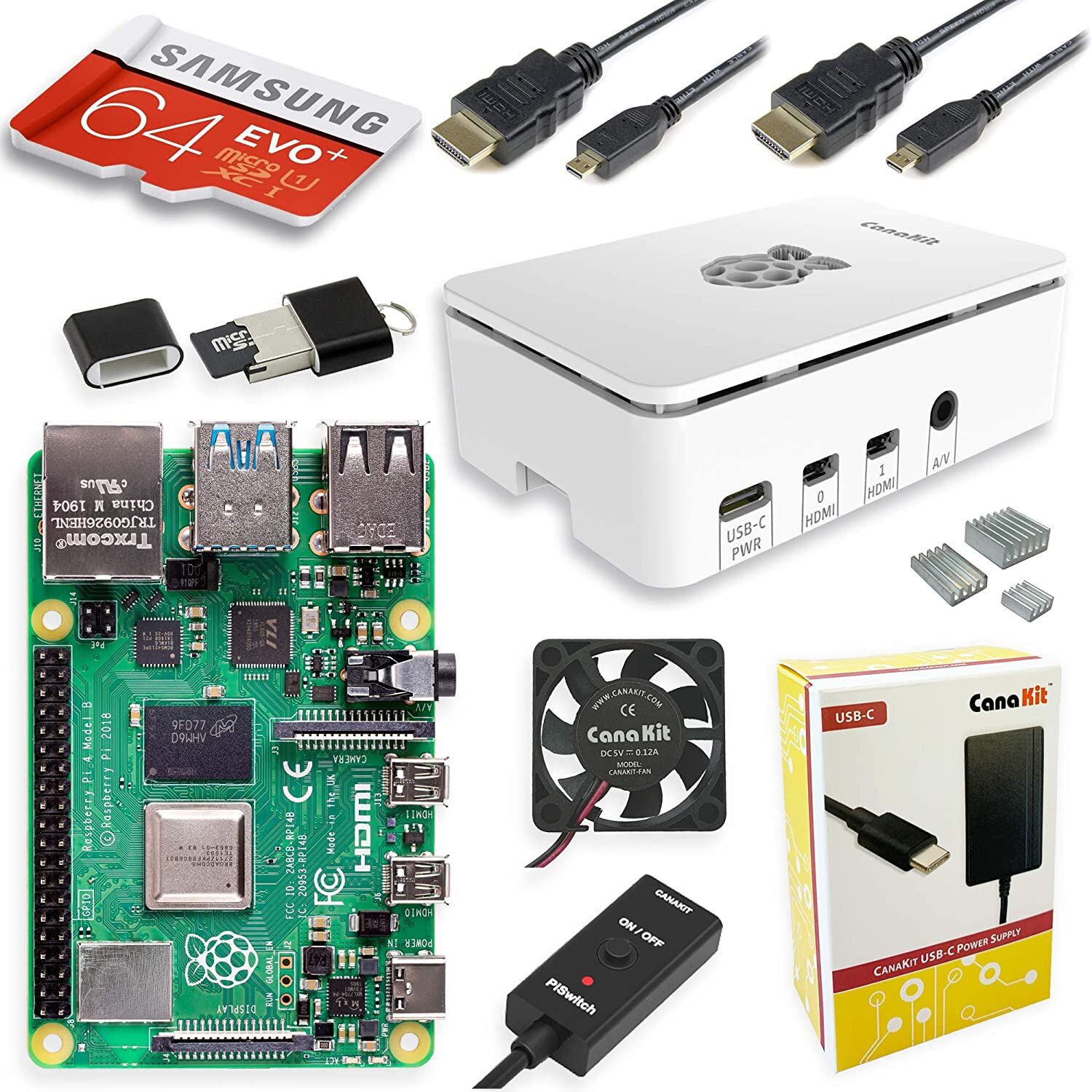

Altas Scientific
Aquaponics is a balance of many inputs and internal structures.
Monitoring helps to provide a good record of where you have been, how your system is responding to various conditions, and give early visual warning to potential issues.
We are using a Raspberry Pi from CanaKit, this Tentacle T3 add-on board from Atlas Scientific, and three probes.
- pH
- Dissolved Oxygen
- Temperature
You can stack three Tentacle Boards on top of each other for a total of nine probes.
You can see our graphs here.
Cacti
Cacti is a very programmable PHP-based Open Source monitoring system.
I have been using Cacti in a number of projects for over fifteen years.
It will receive inputs from standard protocols like SNMP, Simple Network Management Protocol, to home-brewed scripts in Bash, Perl, or Python, to importing customer plugins for Cisco, Tarango, and other manufacturers.
Using the python code provided by Atlas Scientific, we reworked their python code to integrate with Cacti.
Using Raspberry Pi, full documentation here.

PT-1000 Temperature Probe

Live to Campus guest:guest
You can see the temperature cycling through the day. This pond is fully shaded and contains between one hundred to three hundred fish.
Using Cacti, full documentation here.
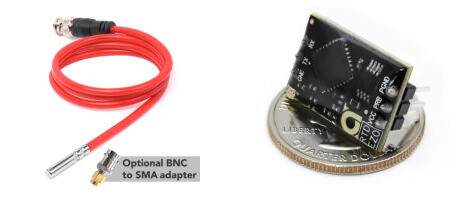
PT-1000 Temperature Probe
It will plug directly into the Tentacle Board. You will also need the EZO™ RTD Temperature Circuit that plugs into the Tentacle, which enables you to read the specific signal coming off this probe. Each probe needs a corresponding EZO Circuit.
Mini Lab Grade Dissolved Oxygen Probe
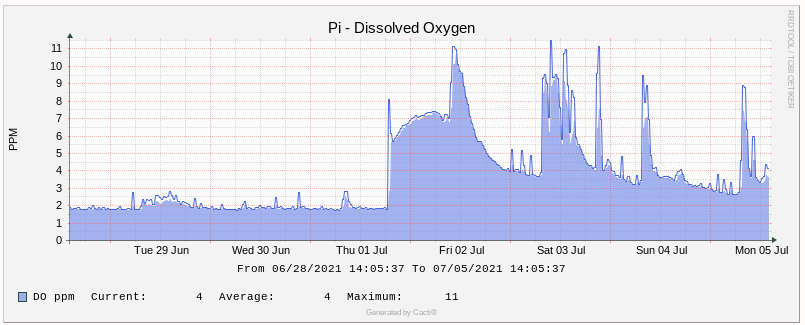
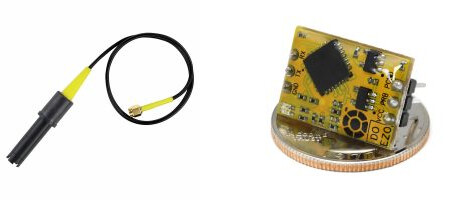
Mini Lab Grade Dissolved Oxygen Probe
Designed for small spaces, this small probe gives you the same quality readings found in our lab-grade Dissolved Oxygen just smaller. Because smaller probes use fewer precious metals, we can get the price lower. Keep in mind; smaller probes hold less electrolyte. Because of this, they need to be refilled more frequently than full-size or industrial probes. Each probe needs a corresponding EZO Circuit.
Mini Lab Grade pH Probe

The spikes were when the probe was actually out of the water, we had to order an extension cable to make sure the probe was fully submerged.
Using Cacti, full documentation here.
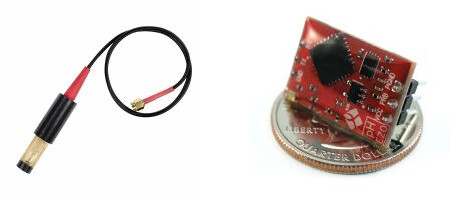
Mini Lab Grade pH Probe
This probe comes with a rather short cable that necessitated us buying one of these.
It will plug directly into the Tentacle Board. You will also need the EZO™ pH Circuit that plugs into the Tentacle, which enables you to read the specific signal coming off this probe. Each probe needs a corresponding EZO Circuit.
